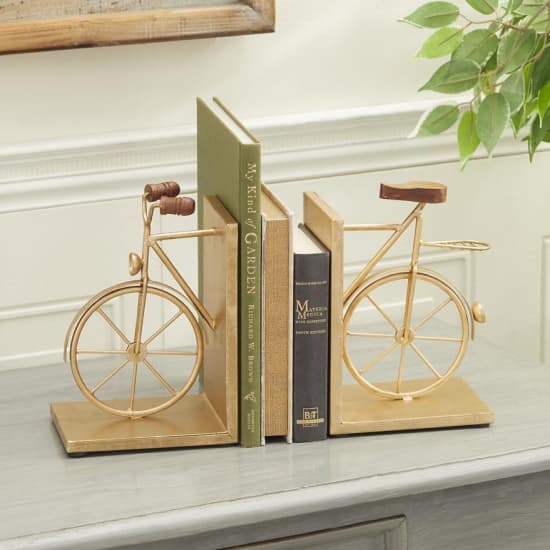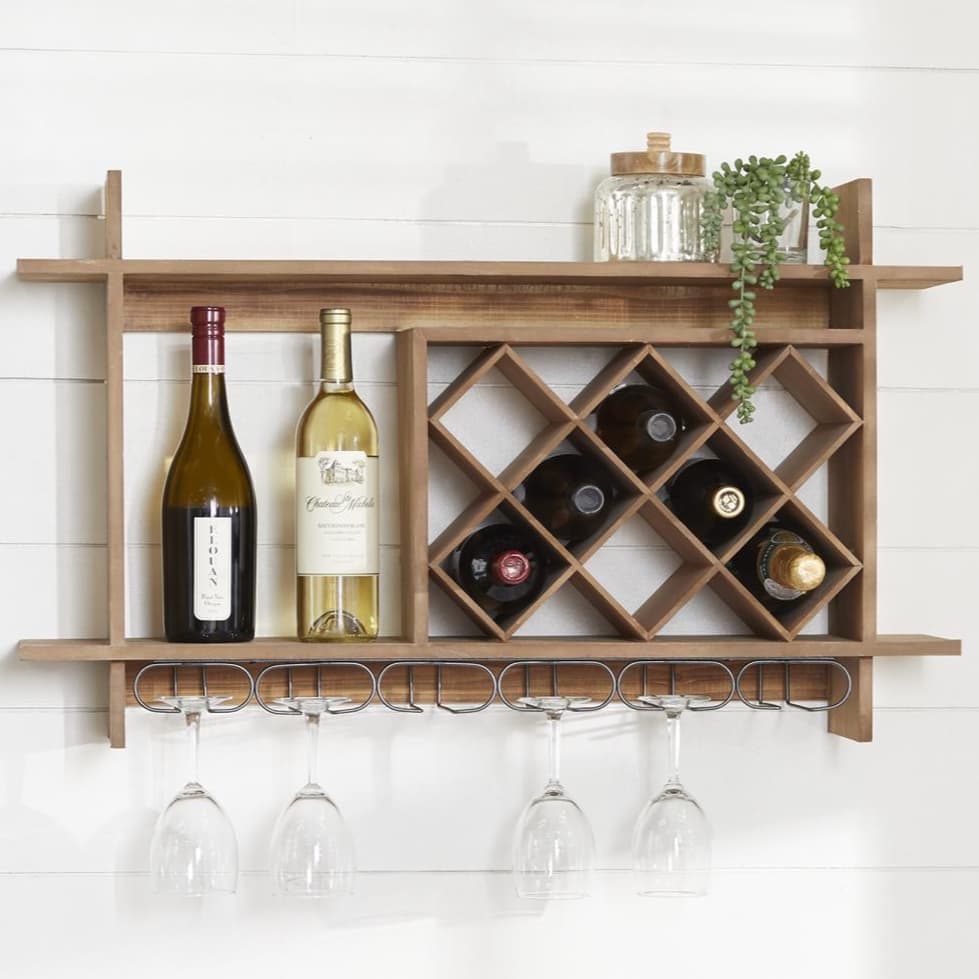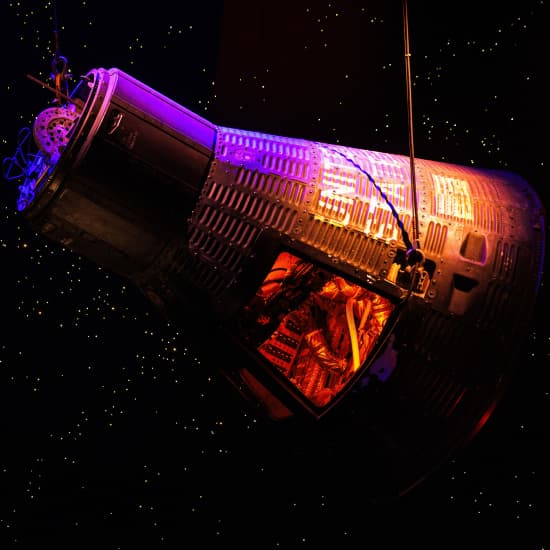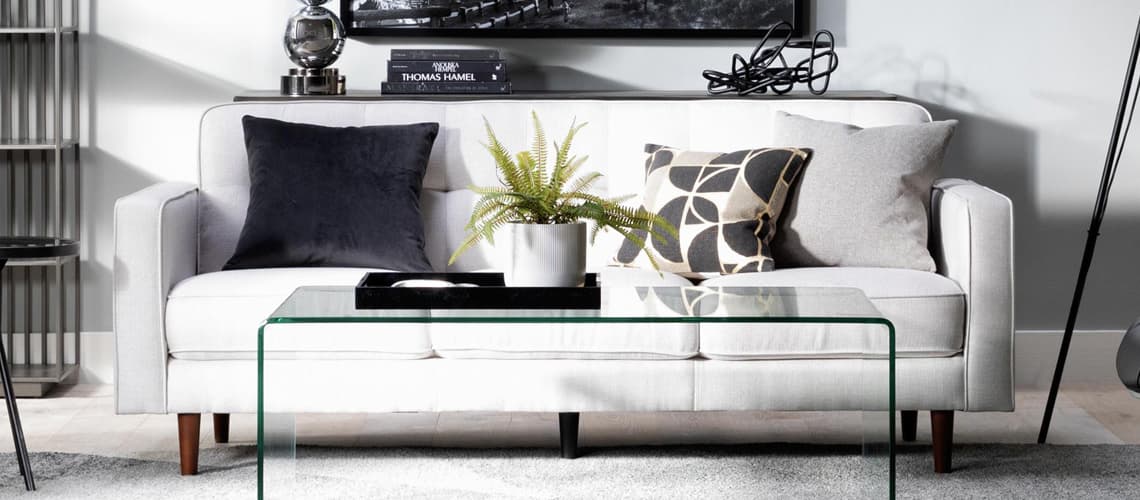
10 Trend-Proof Furniture Pieces Currently Missing From Your Home
1 | Chesterfield Sofa
Although the Chesterfield sofa originated in some shape or form beforehand, the piece we're familiar with today didn't make an appearance until the mid-1800s. Said to be named for the fourth Earl of Chesterfield, this sofa became a favorite of aristocratic families and was a fixture in gentlemen's clubs in London. Although it's maintained its distinguished style and signature details - from the deep button tufting, to the low back and high roll arms - the Chesterfield sofa has adapted to blend seamlessly with both traditional and modern spaces. Today, you can get it in any color, pattern or texture. In fact, we currently offer it in leather, velvet and linen.
2 | Mid-Century Anything
If you don't already own something that has mid-century modern roots, chances are you've come across many items that are inspired by this pivotal period in design, lasting from about 1933 to 1965. Form follows function is one of the main tenets of mid-century style, so are clean lines, organic shapes, simple details and minimal ornamentation. Materials like wood, glass, plastic, metal and lucite, plus bold graphic and geometric patterns, and a range of bright and neutral colors also characterize mid-century pieces. Part of what makes them so popular and relevant today is the fact that an emphasis on practicality and streamlined design never goes out of style.
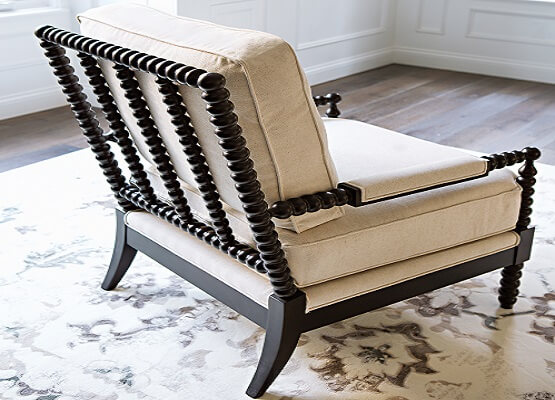
3 | Spindle Chair
The cylindrical turnings that characterize the arms, legs and back of the spindle chair represent a furniture decoration technique that's been around since the 17th century. Typically fashioned by hand or with a lathe, this detail doesn't just show up on chairs, it can be seen in tables, cabinetry, even candlesticks. Also referred to as a bobbin or spool design, this element has a classic traditional look that is fitting in today's interiors thanks to its graceful yet casual vibe. It reveals exquisite craftsmanship, and can be finished to make it look more formal or laidback.
4 | Bent Glass Table
Now more than ever, we are all about maximizing small spaces, and there are certain pieces that are agreed upon essentials, including bent glass or waterfall tables. Thanks to their transparent design and smooth curves, they disappear into a room, which is especially convenient if you don't have a lot of it. In fact, any design made of glass or clear plastic helps create the illusion of more space and doesn't create or add to visual clutter. Pairing this kind of table with a bold, colorful rug underneath or a bright sofa beside it also allows you to show off the surrounding beauty.
5 | Bar Cart
Although a must-have on any current trend list, the star of happy hour actually has a long history of ebbs and flows in popularity. It originated as a tea trolley during the Victorian era, and graduated to a bar cart during the 1930s, when the Hollywood elite and wealthy peeps began bringing it into their homes. The bar cart we all know and love today finally got a big push in the 1950s, when entertaining became a central part of everyday life. After waning in the 1970s, it came back yet again with the TV show Mad Men, which depicted mid-century style "to a T" and glamorized the bar cart for a new generation. Fortunately for us amateur home bartenders, it doesn't appear to be going anywhere.

6 | Molded Chair
One of Charles and Ray Eames' most famous designs, the molded chair lives on today in a variety of versions. It continues to be a celebrated piece thanks to, "the inherent rightness of the design - comfort, utility, scale and breadth of application. Visually it has become iconic but it was the user's experience and its practical value that first established it as something special." The first mass-produced plastic chair hit the market in 1950, and it's been adapted, improved and refined ever since with new materials, bases and colors.
7 | Metal Bed
Thanks to the Industrial Revolution - which introduced new technology and manufacturing techniques - metal beds became a popular alternative to wood beds during the 19th century. Not only did metal beds offer a new and novel style, they were more durable, sterile and hygenic. Then and now, metal beds come in all shapes, sizes and looks. One of today's favorites is the vintage metal bed that originates from 19th century Victorian dormitories. This simple design works in a variety of interiors, from traditional to modern.

8 | Trestle Dining Table
The O.G. of dining tables, trestle tables have been a feast fixture since medieval times. Because there was no dedicated dining room in your average castle, a loose board was placed over trestle legs to transform great halls and bedchambers into meal central instantly. They were removed as soon as the food was cleared so the real revelry could begin. These days, trestle tables come in one piece and tend to stay put in the designated dining area. Trestle tables are a serious staple in farmhouse and Americana-style homes.
9 | Lounge Chair + Ottoman
Part of Charles and Ray Eames esteemed lineup of iconic furniture designs, their ubiquitous molded plywood lounge chair and ottoman debuted in 1956. They set out to create a chair with, "the warm receptive look of a well-used first baseman's mitt," and now the pieces are in the permanent collection of New York's Museum of Modern Art. It's one of the first modern chairs that was known for its comfort and good looks. Many versions are available today that still focus on combining ergonomic construction and appealing style.
10 | Canopy Bed
Like trestle tables, canopy beds originated in the Middle Ages. Because royals and nobles often shared a room with their personal attendants, the canopy bed offered privacy and warmth from drafts. Back then, it featured heavy curtains, which got lighter over time as the design became more focused on embellishing the bed frame itself. Classic canopy beds have four posters to support the actual canopy top. Today, they're lighter, sleeker and can take on a more traditional or modern style.
Timeless Furniture Inspiration
Read the Latest
Editorial Disclaimer: Articles featuring tips and advice are intended for educational purposes and only as general recommendations. Always practice personal discretion when using and caring for furniture, decor and related items.

























